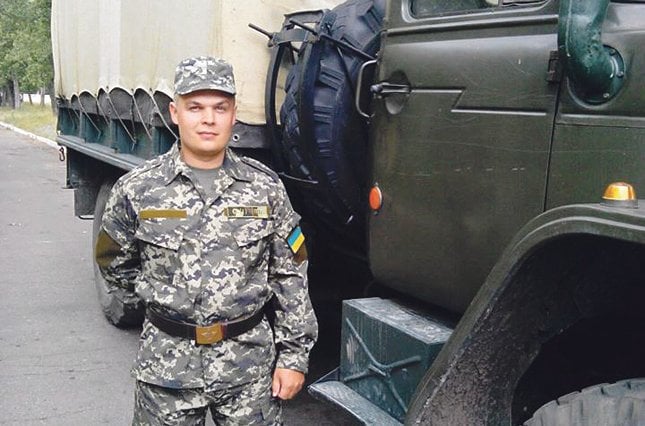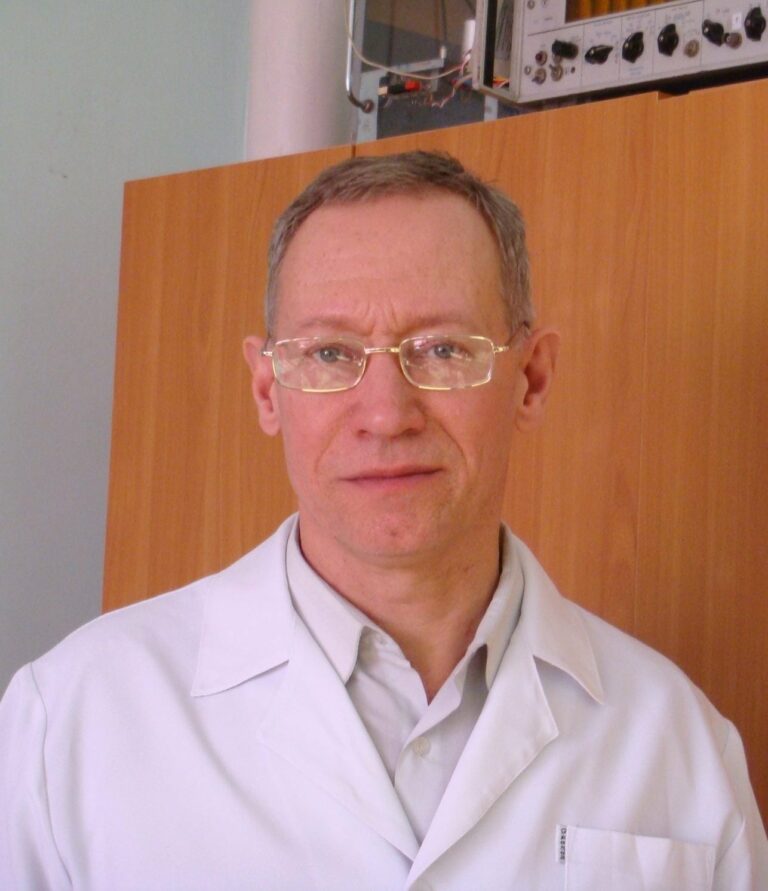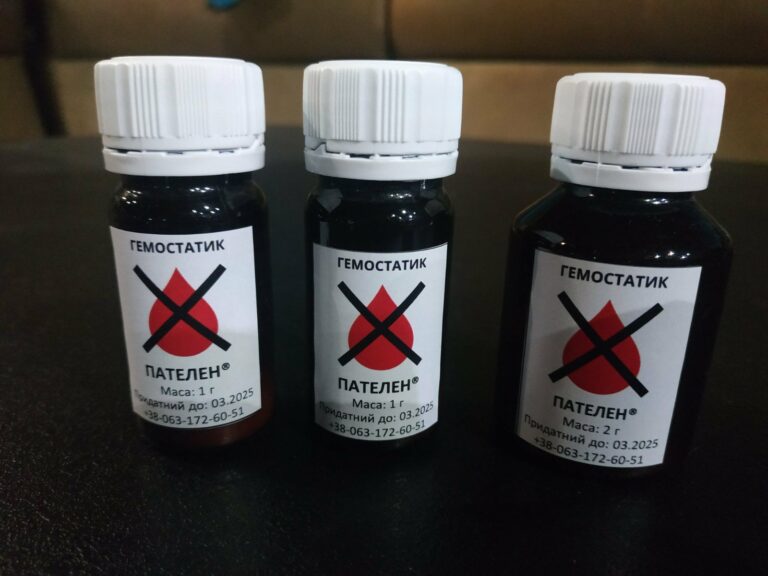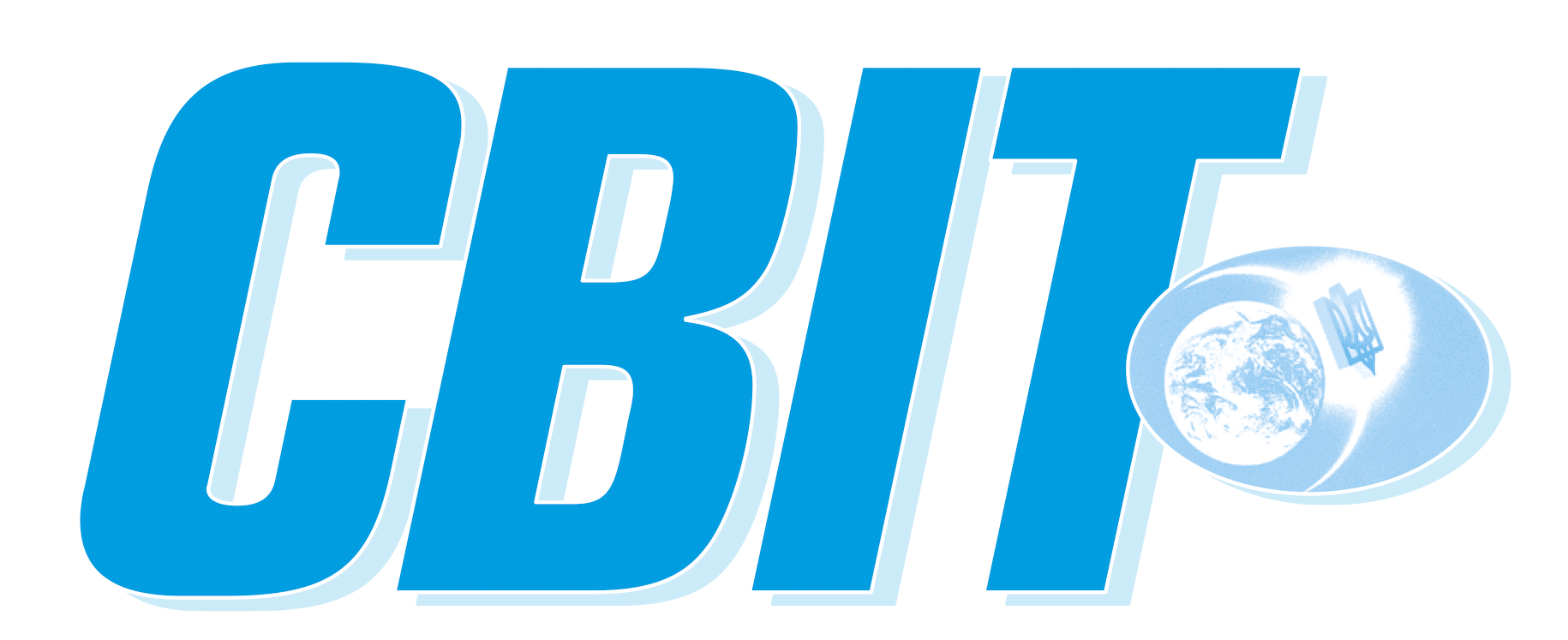Hemostatic agents are critically needed in the combat zone. In the first minutes after injury, this medication helps stop the bleeding and wait for qualified medical attention.
This is the medication created by scientists of the O.O. Chuyko Institute of Surface Chemistry of the National Academy of Sciences of Ukraine, who give it to hospitals.
Ukrainian scientist, volunteer Andriy Kravchenko came to the idea to create a Ukrainian hemostatic agent that would be effective and inexpensive (not more expensive than a sponge for washing dishes!) during the fighting in 2015.

– I kept thinking: why there are no Ukrainian hemostatic agents? – the scientist remembers. – There is a lot of research on this topic, in particular, in our Institute.
In 2015, volunteers bought imported Celox for Andriy Kravchenko, but the scientist did not use it even when wounded (in February of that year, he adjusted artillery fire at one of the strongpoints near Debaltseve). Andriy kept a precious bag to research it and then create not the worst medication.
When the information appeared that the Ukrainian medication “Krovospas” had been developed, Andriy Kravchenko was delighted and thought that the issue had been resolved. Unfortunately, the medication did not appear in military first aid kits. Therefore, the scientist realized that it was time to get down to business, to develop an inexpensive and effective drug preparation – a hemostatic composite based on silica nanoparticles (silicon dioxide).
He went with this idea to Igor Gerashchenko, Doctor in Pharmaceutical Sciences, whose thesis for doctor’s degree was devoted to the development of medications containing nanosilicon (including wound dressings), and proposed to restart research. To restart it, because scientists have long known that nanosized silicon dioxide has pronounced hemostatic properties. They are described, for example, in the book “Medical Chemistry and Clinical Application of Silicon Dioxide”, prepared by scientists from the O.O. Chuyko Institute of Surface Chemistry together with colleagues, health professionals, under the guidance of the founder and first director of the institution, Academician of the NAS of Ukraine Oleksiy Chuyko, and in the monograph “Nanochemistry in solving problems of endo- and exoecology”, published under the editorship of the director of the Institute, Academician of the NAS of Ukraine Mykola Kartel.
Andriy Kravchenko’s initiative was supported at the Institute, a group of scientists immediately started working and soon got good results.
The other day, the scientist informed on his Facebook page that the first samples of the hemostatic agent were given to volunteers and to a military hospital.
We asked Mr. Kravchenko to talk about the new hemostatic agent and the final part of the work on its development. The scientist replied that today, as in 2015, he is defending Ukraine with weapons in his hands. “But the work on the development and distribution of hemostatic agents has not stopped, it is continued by colleagues!”, he stressed.
One of these colleagues is a leading researcher at the O.O. Chuyko Institute of Surface Chemistry, Doctor of Pharmaceutical Sciences, Professor Igor Gerashchenko.

Igor Gerashchenko said that nanosized silicon dioxide (silica) is an available substance, as the Institute has its own production – Kalush Research and Experimental Plant (Ivano-Frankivsk region), which produces it. That is, the raw material for the hemostatic agent exists and, most importantly, it is relatively inexpensive.
– We also decided to add sodium alginate to the hemostatic composite, – Igor Gerashchenko continued the story. – It promotes the formation of a blood clot on the surface of the wound. This increases the effectiveness of the medication, because the powder in the field conditions may crumble. In fact, sodium alginate also has hemostatic properties.
Sodium alginate is produced from brown seaweed, it is also inexpensive and affordable. The researchers mixed it in the required proportions with nanosized silica and obtained a hemostatic substance.
In order for the drug to work most effectively and be convenient to use, it was decided to apply it on a carrier: bandage, gauze, non-woven material or a soft foam sponge. The method of obtaining this composite is protected by a patent of Ukraine. In case of injury, the composite material should be quickly pressed to the wound and covered with a bandage.
The development was tested on rats on a model of liver parenchymal bleeding in the laboratory of the Institute of Biology and Medicine of Taras Shevchenko National University of Kyiv under the guidance and with the participation of Lydia Shtanova, PhD in Biological Sciences. Tests have shown that our medication is not inferior to “Celox” hemostatics.
By the way, it turned out that the composite not only causes rapid blood clotting, but also “binds” protein toxins and microorganisms. In other words – the medication helps to stop the blood, protects against infections and absorbs toxins.
As mentioned above, a patent was obtained for the development, and the results were published in the scientific journal “Theoretical and Experimental Chemistry”. Next, preclinical and clinical trials had to be passed and, as a result, scientists had to obtain a Product Use Permit (Certificate). Unfortunately, this final part of the work was hampered by the war.
Therefore, scientists have decided to make a hemostatic powder (without fixing on the media).
It is clear that the powder form of the drug is less convenient to use, but at the moment there was no other way out.

– In the shortest possible time we managed to establish the production of powder hemostatics on our own initiative, – Mr. Gerashchenko said. – We pack it in plastic bottles, equip it with brief instructions for use and give it to volunteers and medical institutions.
There are no violations of the rules of medication manufacture, explains Igor Gerashchenko. It is known, that pharmaceutical practice involves two ways of manufacturing medications: the first way is the large-scale factory production, which results in “certified” medications, the second way is the pharmaceutical production of extemporaneous medications. The latter are made in limited quantities on medical prescription. “My colleague and reliable friend, surgeon of the highest category Oleksiy Cheplyaka wrote a recipe for making a powder composition based on sodium alginate and nanosized silica,” the researcher said. “This prescription is a permit for the manufacture of our medication. To confirm the absence of pathogenic microorganisms in the drug, its samples are transferred to a specialized laboratory for microbiological studies”.
– We thank all those who joined the implementation of this project, – said Igor Gerashchenko. – This is the Head of the Department of Pharmaceutical Chemistry of M.I. Pirogov Vinnytsia National Medical University, PhD in Chemical Sciences Tetyana Yushchenko, who provided working premises and necessary equipment; Gennadiy Taras, Director of the Kalush Research and Experimental Plant of the Institute of Surface Chemistry of the National Academy of Sciences of Ukraine, who helped with raw materials – nanosized silica; Alla Bublyk, an employee of the private enterprise Aleopack (Vinnytsia), who provided high-quality packaging material. We thank the professors, laboratory assistants and students who did not hesitate to take part in the packaging of the medication.
Scientists have not abandoned the idea of commercial production of hemostatic composite in the form of a napkin and are currently looking for a potential manufacturer.
– We hope to implement this idea as soon as possible, – Mr. Gerashchenko said. – We understand that our servicemen need high-quality and inexpensive hemostatic agents, and we are ready to do everything to get them.
Svitlana GALATA
